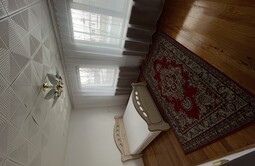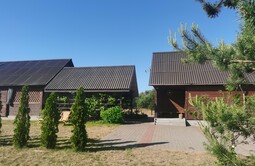The National Park "Belovezhskaya Pushcha"

Царская дорога в Беловежской пуще © А. Зимовский, Panoramio

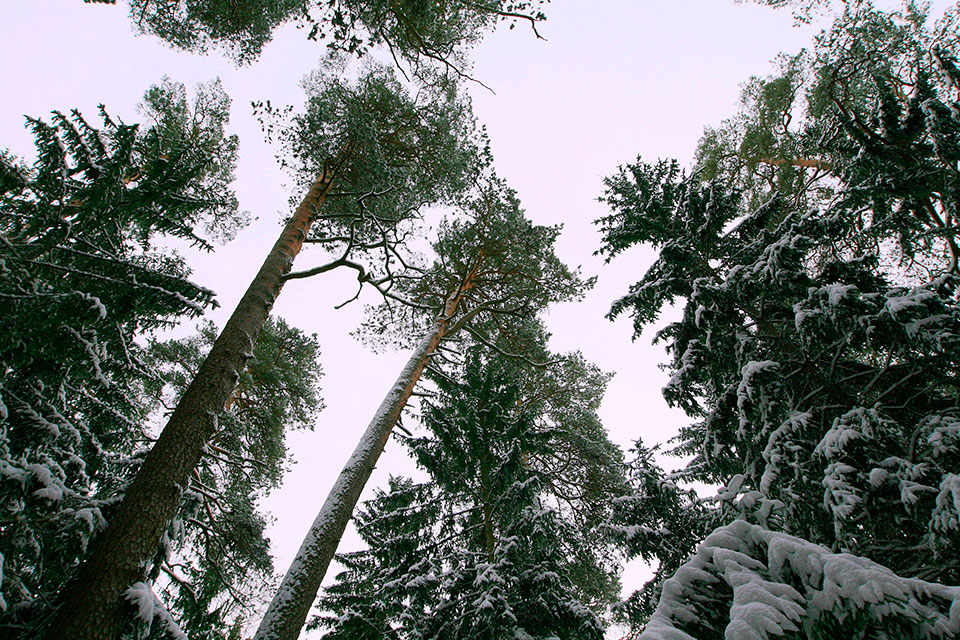
Мачтовый лес в Беловежской пуще © А. Зимовский, Panoramio

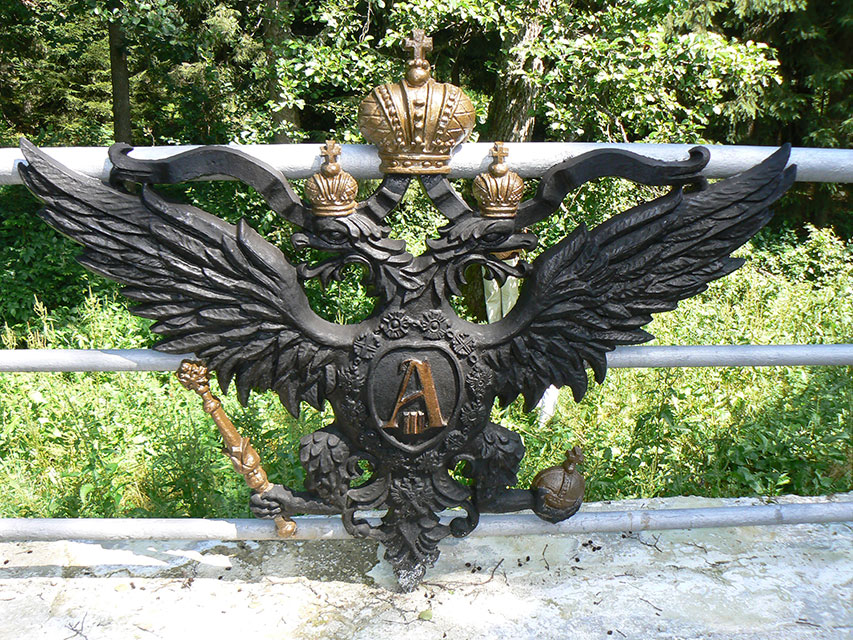
Императорский мост на царской дороге в Беловежской пуще © Panoramio

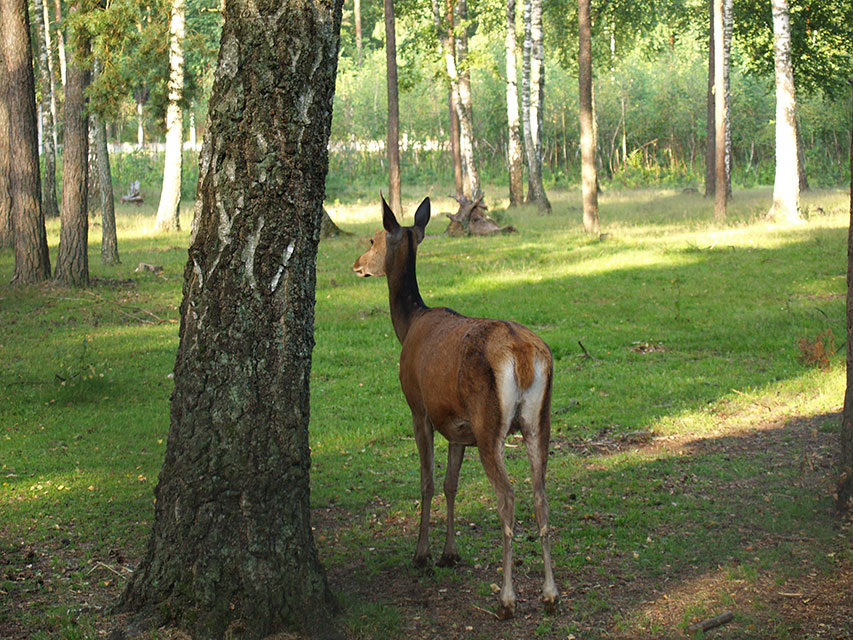
Национальный парк Беловежская пуща © А. Зимовский, Panoramio

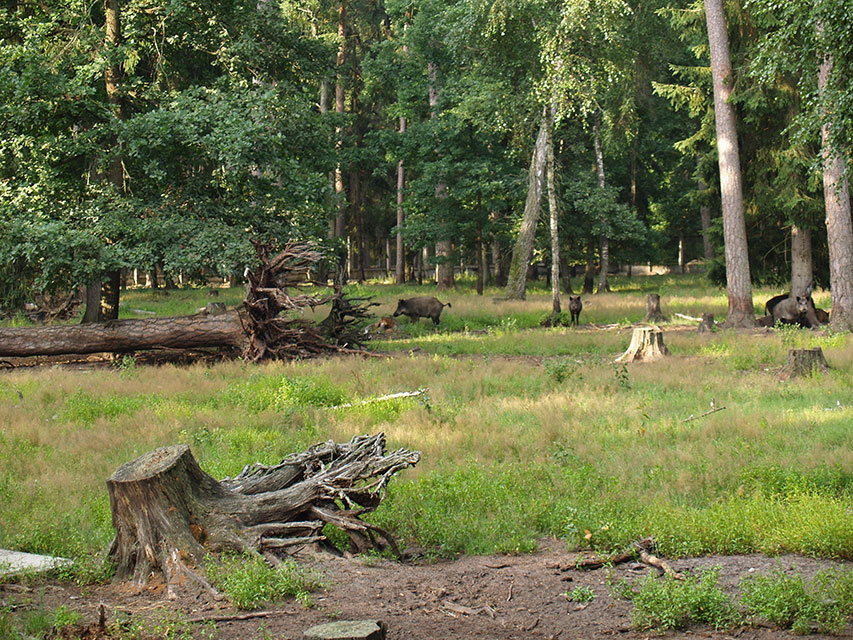
Национальный парк Беловежская пуща © А. Зимовский, Panoramio

Belovezhskaya Pushcha is a world of harmony and silence, one of the greatest beauties in Belarus. Virgin forest is located in the Brest region, 340km from the capital. It is the largest forest in Europe, on the territory of which grows a huge number of plants and many species of animals.
History
In the 12th century in the forest lived the Vladimir Monomakh, and in the second half of the 13th century Prince Vladimir Volynsky built the city-fortress Kamenets. The first mention of Pushcha dates back to 1409 year, this date is considered the official year of its Foundation.
After 1409 the Belovezhskaya Pushcha has been used as an economic territory in which hunting was conducted. There was a special system inputs, when the local population and the gentry could enjoy the forest. In all ages the forest was guarded, but not once was exposed to attacks of the Tatars and the Teutonic knights, became the residence of princes, kings, emperors and was the favourite hunting place for the owners.
Belovezhskaya Pushcha was included into the Russian Empire during the reign of Catherine II in 1795. The Queen plots distributed to confidants, but she had not even visited these places and was not interested in them. Catherine II allowed to hunt, but was forbidden to shoot the bison.
The first king, who visited the forest for hunting, in 1860 - Alexander II. It mostly attracted bison hunting, which have left almost anywhere. In honor of this hunting, a monument to bison, where he is depicted in its full real value on a pedestal.
Alexander III built a forest for hunting, which usually lasted two weeks, and before its beginning has developed its detailed plan. All the trophies at the end of the day brought to the Palace and stacked in a certain order.
In 1939 Pushcha was transferred to the Byelorussian SSR, which established a state reserve. His work was interrupted by the Second World war, during which territory was not affected, as the initiative Goering here, it was decided to create model hunting.
After the liberation in 1944, the reserve immediately began its work. On the Soviet-Polish intergovernmental meeting in Moscow it was decided to divide the forest parts: Polish and Belarusian.
In 1991, the farm was converted into the state national Park "Belovezhskaya Pushcha".
Belovezhskaya Pushcha today
The national Park "Belovezhskaya Pushcha" covers an area of over 15 thousand hectares. The territory is divided into 4 zones, which have different protection regimes.
- Recreation.
Area intended for tourism, for recreational and cultural activities, recreation. It is aimed at the preservation and improvement of water bodies, forests for educational and recreational purposes. To visit the area with a guide or independently.
- Adjustable.
The main objectives of the zones – the preservation, study and restoration of ecosystems of Belovezhskaya Pushcha. Activities aimed at the development of ecosystems due to environmental measures. Tourism is regulated, visit under the guidance of guides.
- Economic.
Placed in the area of industrial, recreational and administrative purposes. Here accept and serve tourists. In the area of organized accommodation, and the activities of the local residents. The entrance to the grounds is free.
- Reserved.
The purpose of the zone is the reservation of plants and animals, creating a natural environment for them. There are primarily old-growth coniferous and broad-leaved trees. Here are not allowed any activities other than conservation and research.
The Park has a security area, where the land users, which imposed certain economic limitations.
Flora and fauna
In Europe, there is no such Park. Belovezhskaya Pushcha stands out among all the number of species of animals and plants. Age of trees is over a hundred years.
Animals
In Belovezhskaya Pushcha lives of 227 species of birds, 59, the mammals, 7 reptiles, 11 species of amphibians, 24 fish and 11 invertebrates. Lives here most of the bison in the world.
Rare animals in the Park include Sonia, and Sonia palcek forest. Among other types are frequently encountered:
- Jeltocorna mouse
- Bank vole
- Two-color leather
- Forest Mysovka
- Wolf
- Badger
- Fox
- Otter
- The marten
- The hedgehog ordinary
- Mole
- Bison
- Deer
- Wild boar
- Hare hare and hare
- Many other animals.
The reserve is inhabited by 227 species of birds, including:
- Wandering
- Settled
- Migratory
- Passerine
- Accidentally stray.
Among amphibians there are:
- Frogs (moor, herbal, edible)
- Triton ordinary or comb
- Red-bellied bellied
- Toads (gray, green, reed).
Reptiles are represented by such types:
- So ordinary
- Lizard viviparous and nimble
- Copperhead
- Slow worm
- Turtle swamp
- Adder.
In the waters of the forest found 24 species of fish. Among them:
- Ruff
- Pike
- Roach
- Gudgeon
- Lin
- IDE
- Bream and others.
Vegetation is represented by coniferous, deciduous, small-leaved, deciduous wetland native forests and meadows, moss and grass bogs.
Among spore and seed plants, the most numerous are the following:
- Legumes
- Bluegrass
- Astrov
- Rozotsvetnye
- Clove
- Lamiaceae
- Ranunculaceae
- Cabbage
- Narochnickaya
Of shrubs can be distinguished:
- Wolf bark
- Common hazel
- Black alder
- Willow
- Kalina common and others.
In the Bialowieza forest is a nature Museumthat tourists like to visit. It is divided into 7 thematic rooms. The Museum has more than a thousand exhibits. Around the building grow exotic trees: boxwood, pyramidal arborvitae, will Ligustrum, mahonia, and others.
Since 2003 in the Park in the depths opened, the residence of Belarusian father Frost. Near the premises "Skarbnica", where the pictures, letters, gifts, pictures sent by children to Santa Claus. For the New year decorate the highest in Europe, spruce (40 meters), located in the residence. Visit the manor all year round for a fee.
